Images for The Grey Fred
Since you got this far …
… I have a small favor to ask.
Long story short
Support the Global FlyFisher through several different channels, including PayPal.
Long story longer
The Global FlyFisher has been online since the mid-90's and has been free to access for everybody since day one – and will stay free for as long as I run it.
But that doesn't mean that it's free to run.
It costs money to drive a large site like this.
See more details about what you can do to help in this blog post.

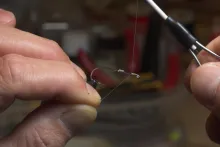
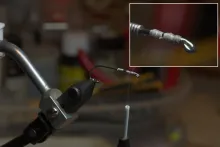
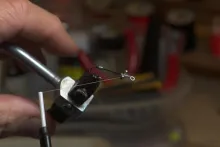
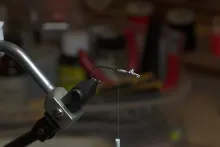
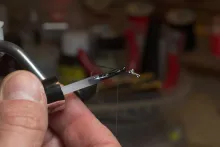
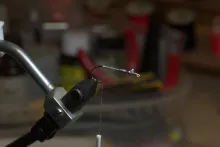
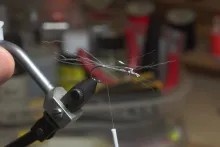
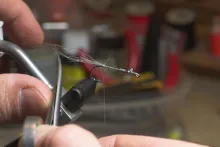
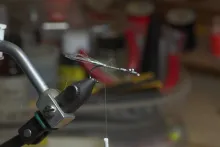
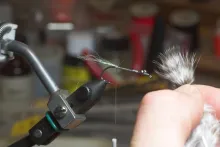

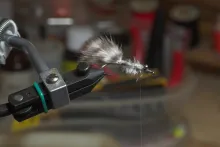
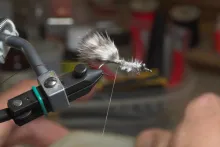
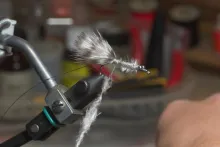
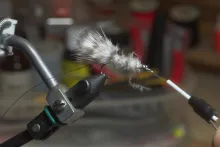
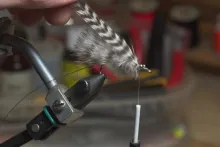
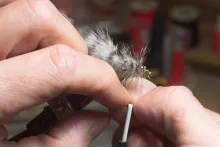
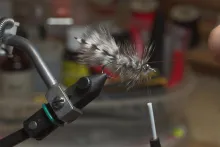
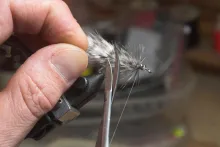
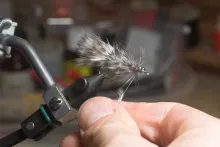
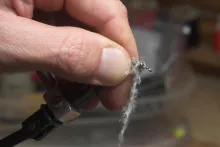
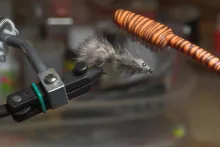
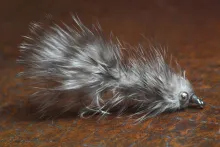

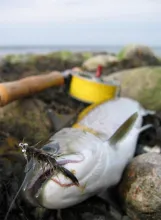
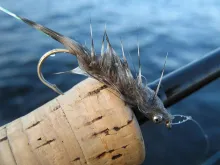
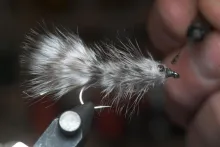
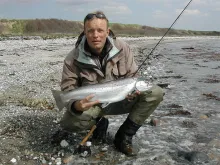
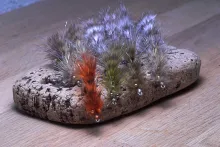
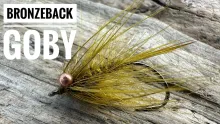
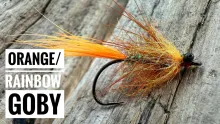

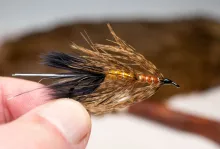
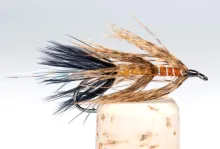
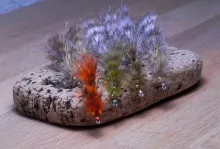

Thank you Martin; R
Thank you Martin; Received your E-mail on the blood nose pattern. Quick responce,I well be tying some of the patterns.wollys is one of my favorits. thanks agan. Ron in Canada
Hi Martin, The Gr
Hi Martin,
The Gra Frede was still missing form my arsenal for my coming fishing trip to the Swedish west coast. Looks very fishy.
Maybe some tips for the ribbing and dubbing:
I like some pearl flash in my sea trout flies I discovered long ago that pearl tinsel or crystal flash won't stand up to the sea trout teeth. Some years ago I tried midge diamond braid pearl as ribbing for my PK Mysis. It works great. Nice pearl flash and very strong. The fish can't destroy it.
Dubbing with Marabou is easy when: you make a loop put on some wax, hold the loop open with your finger, stick in a marabou feather (up right to the stalk), close the loop, snip of the half with the stalk and twist. Works every time and gives a great rough dubbing.
Tight lines,
John
Drew,
Glad you li
Drew,
Glad you liked the instructions.
The ribbing is ordinary copper wire as it is found from Uni as Soft Wire or can be bought in Michael's Craft. I have no idea what diameter it is, but it's not really critical as long as it's not too thin and fragile and not too thick and stiff.
My own variation is roughly documented in my article about filling the box a couple of years ago and I tend to vary this fly depending on mood, available materials and conditions. My most common variation is using hare or rabbit fur for the tail as well as for the body. This makes a denser fly, which sinks a bit more rapidly than the marabou Frede.
Apart from that my flies are slightly warmer than the original in color, bordering on tan rather than grey.
But as I said: it's temper and what's in the materials box more that science that governs this.
Martin
Martin,
Thanks
Martin,
Thanks for the awesome instructions on how to tie the Grey Frede. I first came across the Grey Frede in the book Woolly Wisdom (which is also how I found your site). I've tied some and had success with them catching Browns in Lake Michigan here at home in Wisconsin, U.S. This new web page is a fantastic help for tying the fly. I have a couple of questions though. What gauge or thickness is the wire you use for ribbing? Also, on your podcast on Danish flies and in your review of Woolly Wisdom you state that you use a hybrid of the Grey Frede and the Magnus and Bjarke patterns. What does that fly look like? Are there any pictures and instructions for it on GFF? How is it different from the Grey Frede?
Thanks,
Drew
Hi
Although I'm onl
Hi
Although I'm only starting to tie Grey Fred, a trick I used with other flies was to put the KF in a loop of Uni Cord and twist it together. It makes a good rib and resists teeth well.
Tie in all 4 ends both kf and both ends of cord and twist that.
Looking forward to using Grey Fred for smallmouth bass.
Paul
Jan, Yes, the mar
Jan,
Yes, the marabou can be a menace to handle. It's simply so fluffy that it seems to stick everywhere but on the tying thread - in your beard, in your nose, on the table, on the floor - everywhere but on the fly.
The trick is to dub it sparsely and do many layers, as it is with most dubbing. If you try to dub on too much at a time, it forms a rope, which will not stick to the thread. A small amount will cling to the thread much more willingly. Also observe that the direction you apply the dubbing has an impact. Read this article on dubbing technique for an explanation.
Another option can be using dubbing wax. Some tyers prefer waxing their thread and in this way "glue" the dubbing on. It's usually not necessary, but can be a help if you have problems taming the dubbing.
Third and last you may want to spin the dubbing in a loop. Make a loop, dub one leg loosely and spin the two threads together. That will lock the dubbing between the two threads, and secure it completely.
Martin
Hi Martin,
I tied m
Hi Martin,
I tied my first Gre Frede with your great instruction - thanks a lot for it.
I have only problems with making the marabou dubbing - it's so fluffy that it is difficult to attach to the thread - is there any trick?
Best regards,
Jan
Martin
Oops. Firs
Martin
Oops. First I looked at the pictures, and after my comment I read the text. My mistake.
Martin: Yes, because
Martin: Yes, because you Danish always use floating line :-)
Eddie,
Good to he
Eddie,
Good to hear from you! Yes, the weight is for improved action and better penetration of the water. With no weight the very fluffy fly will hover almost without sinking. The weight dives it and gives it some swimming motion when retrieved.
Martin
Martin, I remembe
Martin,
I remember the first time you published an article about the Fred(e) in the beginning of this century. I tied some at the time and with the Magnus it's still my favorite fly for seatrout. I noticed you use 'lead'-wire and chain-eyes, why's that? Better action?
Eddie Bouma
www.247ff.com
Eat, Sleep, Flyfishing!
P.S. By the way; Great tying-instruction!!
Michael,
As you m
Michael,
As you might have read, we clearly write "He sometimes ribs the fly with flash twisted to a thread and continues the flash into the head and the eye of the hook", so yes, the original used flash.
But this version will last quite a lot longer - not least if you catch fish on it. The twisted flash is very vulnerable to wear and tear, and once that breaks the hackle also comes loose and the dubbed body is exposed. We have occasionally tied the fly using flash for a rib, but then use a monofilament beneath it for strength, and we sometimes incorporate a bit of flash in the final turns of thread on the head, but have omitted this in the fly shown.
Martin
I like it. On my aut
I like it. On my autumn sea trout session on Fyn I caught two two fish on this fly during one day.
The original Grey Fr
The original Grey Frede, uses Crystal Flash from tail to head including rib.